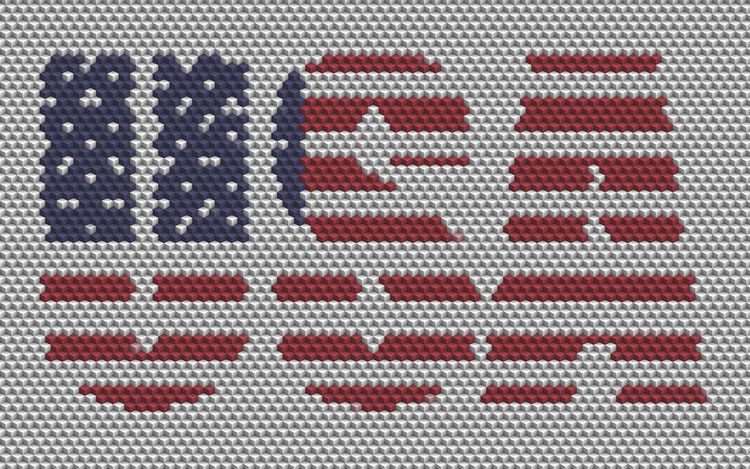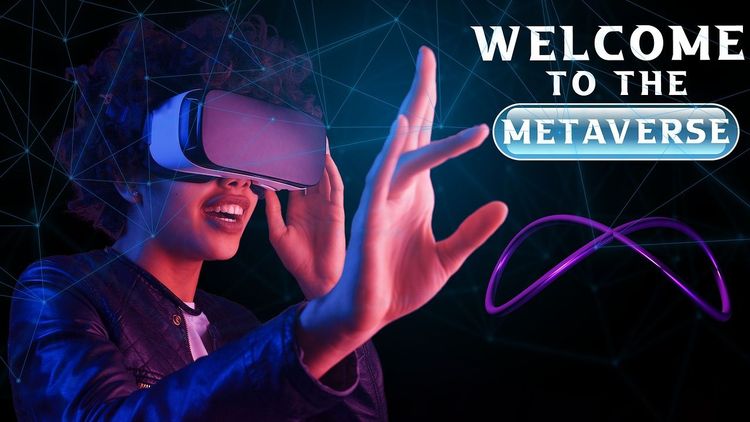Researchers have introduced an innovative method enabling robots to navigate their environments using natural language instructions, rather than relying solely on complex visual processing. Collaborative efforts from MIT’s Computer Science and Artificial Intelligence Laboratory (CSAIL), the MIT-IBM Watson AI Lab, and Dartmouth College have led to the development of LangNav. This technique transforms visual data into textual captions, which are then employed to guide robots through various environments.
In a recently published study, the researchers revealed that their language-driven approach surpassed traditional vision-based navigation methods, enhancing the robots' ability to transfer skills effectively across different tasks. The authors state, "We show that we can learn to navigate in real-world environments by using language as a perceptual representation." They emphasize that language adeptly abstracts low-level visual details, offering significant advantages in efficient data generation and the transfer of training from simulated to real-world scenarios.
Training a robot to execute tasks, such as picking up objects, typically necessitates an extensive amount of visual data for guidance. However, this research posits that language could serve as a reliable alternative by generating paths that direct robots toward their objectives. Instead of directly processing raw visual inputs, researchers transformed these inputs into text descriptions using advanced computer vision models for image captioning, like BLIP, and object detection, such as Deformable DETR.
These text descriptions of visual scenes were then processed through a large, pre-trained language model that was fine-tuned for navigation tasks. The resulting methodology produced clear, text-based instructions for robots, providing specific guidance on navigating particular pathways. For instance, instructions might read: “Go down the stairs and straight into the living room. In the living room, walk out onto the patio. On the patio, stop outside the doorway.”
This representation of visual scenes through language allows robots to gain a clearer understanding of the required navigation routes while reducing the amount of data that needs to be processed by their hardware. The study indicates that the LangNav approach has outperformed conventional robotic navigation strategies that depend solely on visual input, demonstrating its effectiveness even in scenarios where training data is scarce.
Furthermore, the researchers highlighted the effectiveness of their language-based method in low-data environments, where only a handful of expert navigation examples were accessible for instruction. "Our approach is found to improve upon baselines that rely on visual features in settings where only a few expert trajectories are available, demonstrating the potential of language as a perceptual representation for navigation,” they noted.
While the researchers commend the potential of LangNav, they acknowledge its limitations, primarily that some visual information may be lost during the conversion to language. This loss can impact the robot’s full understanding of complex scenes. Nonetheless, the advances presented in this study mark a significant step forward in robotic navigation technology, opening up new avenues for the integration of natural language processing in intelligent systems.







